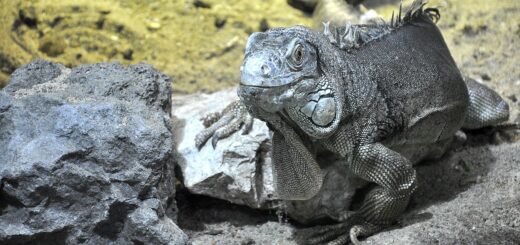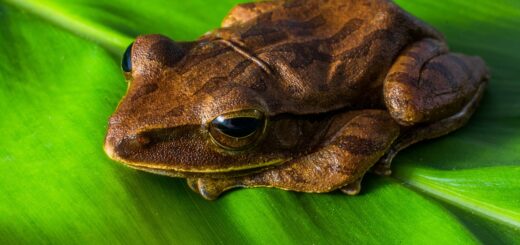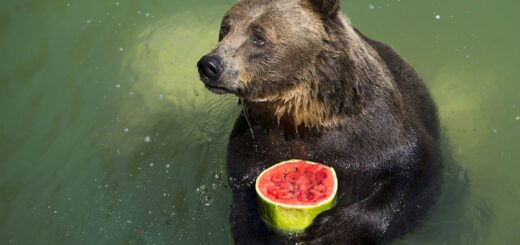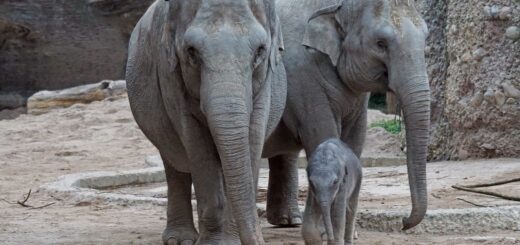Fecal nutrient output and parasite load in four zebra species at Disney’s Animal Kingdom®
Citation
Sullivan K, Cersosimo L, DiLernia M, Livingston S, Warren LK, and Valdes EV. 2019. Fecal nutrient output and parasite load in four zebra species at Disney’s Animal Kingdom®. In Brooks M, Freel T, Koutsos E Eds. Proceedings of the Thirteenth Conference on Zoo and Wildlife Nutrition, Zoo and Wildlife Nutrition Foundation and AZA Nutrition Advisory Group, Saint Louis, MO.
Abstract
While zebra species are often susceptible to gastrointestinal health issues similar to horses, including colic, sand impaction, parasites, and potentially gut imbalance, there exists almost no published studies on the topic. In an effort to maximize the health of our 4 species of zebra held at Disney’s Animal Kingdom® and Disney’s Animal Kingdom Lodge®, we have begun examining gut health in relation to sand clearance, inflammation, stress, microbial communities, parasite load and nutrition. Approximately 3-4 fecal samples per week were collected from 9 individual zebra spanning the four species (Grevy’s, Grant’s, Hartmann’s, and Common), for an 8-week period as part of this study. Parasites, including, strongyle eggs and nematodes as well as Parascaris equorum (ascarids) were found in multiple individuals at varied amounts across time at counts ranging from undetectable to as high as 1100 strongyle eggs per gram feces. The zebras consume a proportion of their diet grazing; however, supplemental diet varies based on body weight, feeding strategy and environment (Table 1). While digestibility calculations were not possible due to practicality of total collection at this time, fecal nutrient output of elevated iron, cobalt, and ash suggested regular soil consumption compared to ingestion (Table 1). This emphasizes the need to help sand passage with high indigestible fiber content in sandy soil, as is common in Florida. This information will inform practical zebra diet recommendations for best welfare practices and maintaining healthy populations under human care through nutrition as preventive medicine.
 53_Sullivan.pdf 23 KB
53_Sullivan.pdf 23 KB








